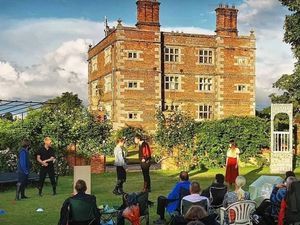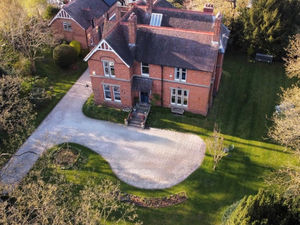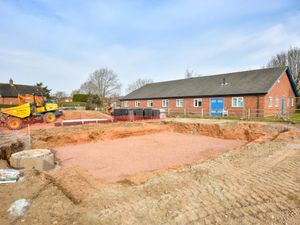'It looks like the the Somme': Anger over felling at Shropshire nature reserve
A community has hit out at the cutting down of hundreds of trees at an internationally important beauty spot in Shropshire.
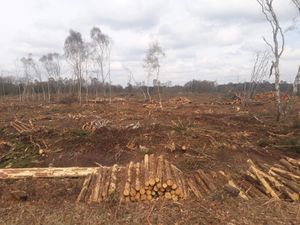
Residents of Whixhall, in the north of the county, say Whixall Moss has been devastated by the felling of woodland across acres of land in the past week.
Shropshire Wildlife Trust, which is behind the works, says it is part of the plan to return the moss to an area of peat bog.
Jill Jarrrett, who has lived at Whixall for 25 years, is one of many residents upset by the work.
"Over the last week or so hundreds of trees have been felled, including one, old oak tree," she said.
"The whole of the village is in uproar. It doesn't make any sense at all. We are right in the middle of bird nesting season, what is going to happen to the wildlife?"
She said trees, particularly those along the length of the old railway track, were part of the beauty of the moss.
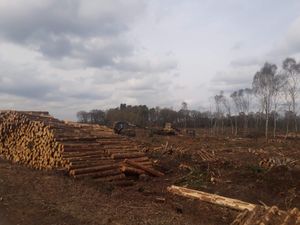
"Now the place looks like the Battle of the Somme, it's been devastated," she said.
Villagers say the works began overnight.
"It would have helped if there could have been a public meeting in the social centre to explain to use what was happening and why," said Jill, who added that the work was causing problems with water levels.
"By raising the water levels on the moss it is also raising water levels on nearby land, particularly in the Bettisfield area," she said.
"The moss has been a well-known area for the green woodpecker and it's always one of the first place where you hear the cuckoo. Now its deathly quiet, apart from the noise of the bulldozers."
Wildlife trust explains reasons for the work
Shropshire Wildlife Trust said the work was being carried out with European funding to secure the future of the internationally important peat bog.
"Whixall Moss is a special area of conservation and of global importance as a wetland habitat," said John Hughes from the trust.
Forestry that has planted and trees that have been allowed to grow up are sucking the water up through their roots and out through the leaves and drying out the moss. They are also casting a shade on the land but the plants and animals that thrive on moss, including the butterflies and dragonflies, need sun."
"We want to get the peat in that core area as wet as possible to allow it to work."
He said peat bogs captured and stored up carbon and also acted like a sponge holding in the water.
"They suck the carbon out of the air which is good for the world. But as soon as you allow them to dry out they start releasing the carbon which adds to global warming."
He said the trust was not removing all the trees.
"Wet woodland is very important in its own right," he said.
"We can completely understand people's concerns particularly the concerns about the wildlife."

